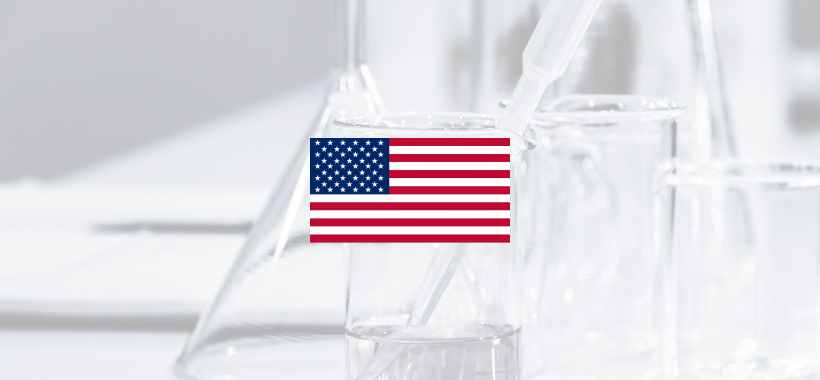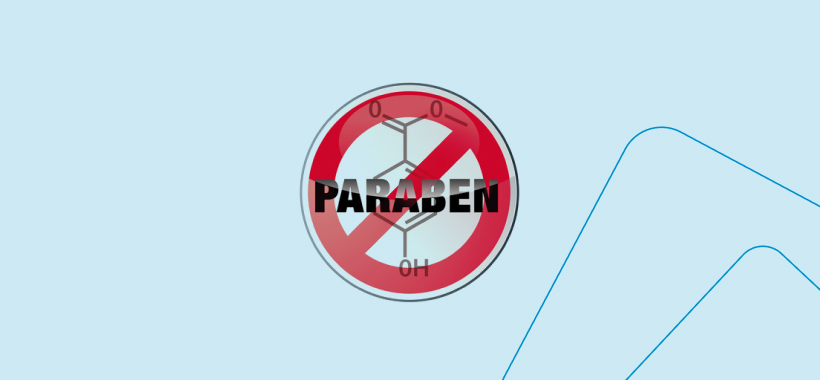Cosmetic claims represent an important part of cosmetic product labelling. They are a great marketing tool as they persuade consumers into choosing a certain product from a sea of many similar products. Therefore, it is crucial that the beauty brands use claims that are honest, truthful, sufficiently substantiated and appropriate for cosmetic products. Different countries have different cosmetic regulations, including different points of view on whether certain claims can be made for cosmetic products or not. It is important to know these differences and to know which claims you have to avoid in order to stay compliant.
Common criteria for claims
The US Food and Drug Administration (FDA) does not approve cosmetic labels before the products are placed on the market. There is no list of approved cosmetic claims. However, the FDA has established certain criteria, which must be taken into consideration when making cosmetic claims for cosmetic products sold in the USA in order to be compliant with US cosmetics legislation.
Cosmetic claims have to be truthful and should not mislead the consumers. Another important thing to always bear in mind is the product’s intended use. In the USA, cosmetics and drugs are defined by their intended use. Purpose of a cosmetic product is to cleanse, beautify, promote attractiveness, or to alter the appearance. On the other hand, the purpose of a drug is to cure, treat or prevent disease. Cosmetic claims have to reflect the purpose of a cosmetic product and not a drug.
Cosmetic vs. drug claims
FDA performs checks of cosmetic product labels when products are already on the market. If FDA finds any incompliance on the labels, including claims which shouldn’t be made on cosmetic products, it issues a Warning Letter, which is sent to the manufacturer of that product and includes actions that the company has to take in order to correct the violations. Warning Letters are also published on the FDA’s website. The most common claims related problem, and consequently the reason why many cosmetic companies receive FDA Warning Letters, are unapproved drug claims that appear on the labels of their cosmetic products or on the brand’s website. Cosmetic products are not allowed to make drug claims. If they do so, they will be classified as drugs and will have to be registered with the FDA. On the contrary, cosmetic products do not have to be approved by the FDA before being placed on the US market. The FDA maintains a Voluntary Cosmetic Registration Program (VCRP), which is completely voluntary, as the name suggests.
Examples of drug claims, which are not allowed to be made for cosmetic products:
- Claims indicating that the product treats or prevents disease (cure cancer, treat acne, etc.)
- Claims mentioning any medical condition (including skin conditions such as acne, rosacea, eczema, psoriasis etc.)
- Claims indicating that the product affects the structure or function of the body and skin (regenerate cells, stimulate collagen production, prevent muscle contractions, remove cellulite, skin whitening, wrinkle removal etc.)
Hypoallergenic claim
Some cosmetic products have a claim ‘’hypoallergenic’’, which suggests that the product has a minimal allergenic potential. In Europe, this claim is well defined, and there are strict requirements for the products, which claim to be hypoallergenic. However, in the USA, there is no legal definition of this claim. Manufacturers of the ‘’hypoallergenic’’ product do not have to have any supportive evidence for this claim in order to include it on the label of their products.
Cruelty free claim
Most consumers want to buy cosmetic products that have not been tested on animals. Therefore, manufacturers like to use the claim ‘’cruelty free’’ or ‘’not tested on animals’’ in order to promote their products. Unlike Europe, the USA allows these claims to be made for cosmetic products because animal testing is not prohibited in most states. However, there are no legal definitions of these terms. Some manufacturers apply this claim only to the finished product, while others might base this claim on the finished product as well as its ingredients.


